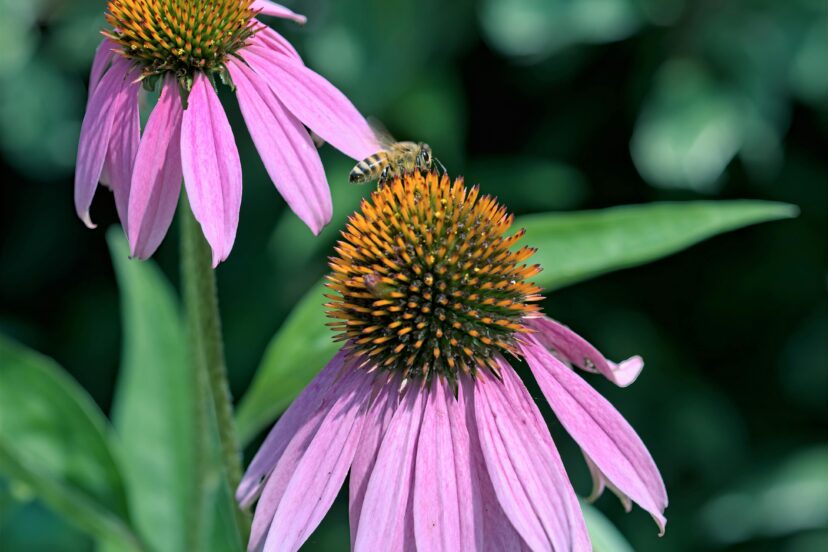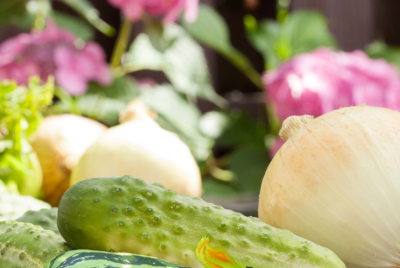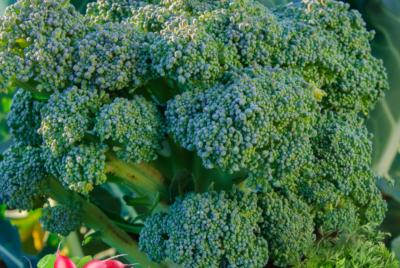Companion Plants for Coneflowers
Companion Planting – Maximizing The Beauty Of Coneflowers In Your Garden
It’s no secret that coneflowers are a stunning addition to any garden, with their vibrant colors and unique shape. But did you know that by strategically pairing them with the right companion plants, you can maximize their beauty and promote overall garden health? In this blog post, we’ll explore the art of companion planting with coneflowers, highlighting the benefits and strategies to help you create a visually stunning and thriving garden space.
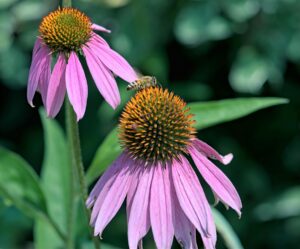
Key Takeaways:
- Diverse Plant Combinations: Combine coneflowers with a variety of plants like Black-eyed Susans, Russian Sage, and Shasta Daisies to create a visually appealing garden.
- Beneficial Insect Attraction: Coneflowers attract pollinators like bees and butterflies, making them great companion plants for vegetables that require pollination.
- Natural Pest Control: Certain companion plants like marigolds can help deter pests, protecting coneflowers from harmful insects.
- Soil Health: Planting coneflowers alongside nitrogen-fixing plants like beans can improve soil health by adding nutrients to the earth.
- Seasonal Interest: Choose companion plants that bloom at different times to ensure your garden looks beautiful throughout the growing season.
The Benefits of Companion Planting
Improved Plant Health
Even the most experienced gardeners can struggle with plant health at times. However, companion planting offers a natural solution by promoting plant growth and strengthening the overall health of your garden. Pairing coneflowers with compatible plants can help deter pests, improve soil quality, and increase resistance to diseases. This symbiotic relationship between plants ultimately leads to a thriving and healthy garden ecosystem.
Enhanced Garden Aesthetics
Even if you’re not a landscape designer, you can easily elevate the beauty of your garden by strategically pairing coneflowers with complimentary plants. The benefits of companion planting extend beyond just health; it also enhances the visual appeal of your garden. With careful planning and selection of companions, you can create stunning color combinations, varied textures, and interesting shapes that make your garden a visual masterpiece.
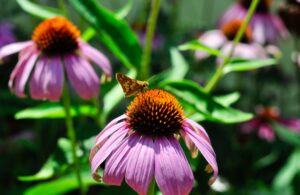
Choosing the Best Companions for Coneflowers
Considerations for Selecting Companions
If you’re considering adding companions for your coneflowers, there are a few things to keep in mind. Any plants you choose should have similar soil, light, and water requirements to ensure they thrive alongside your coneflowers.
Top Companion Choices for Coneflowers
In the context of selecting companions for your coneflowers, there are some standout options that pair beautifully together. Companions like Black-Eyed Susans, Shasta Daisies, and Liatris make excellent choices as they complement the beauty of coneflowers while offering a stunning visual display in your garden.
Coneflowers are not only visually stunning with their bold, daisy-like petals in hues of purple, pink, and white, but they are also incredibly easy to care for. These hardy perennials thrive in full sun and well-drained soil, attracting pollinators like butterflies and bees to your garden with their nectar-rich blooms.
Designing Your Companion Plant Garden
Layout and Spacing
Planting your coneflowers in a companion plant garden involves careful consideration of layout and spacing. Ensure that each plant has enough room to grow and thrive, taking into account the size and spread of mature plants. Group plants with similar water and sunlight needs together to create a harmonious garden.

Color and Texture Combinations
The key to a stunning companion plant garden lies in the color and texture combinations. The right pairings can truly enhance the beauty of your coneflowers.
Consider planting complementary colors to create a visually appealing contrast. Mix in plants with different textures to add depth and interest to your garden.
Designing a successful companion plant garden requires careful planning and consideration.
Pairing your coneflowers with plants that not only look good together but also support each other’s growth can lead to a healthy and thriving garden.
Experiment with different combinations to discover what works best in your garden and enjoy the beauty that companion planting can bring to your outdoor space.
Care and Maintenance of Your Companion Garden
Watering and Fertilizing
To keep your companion garden thriving, make sure to water your plants regularly, especially during hot and dry periods. Aim to keep the soil evenly moist but not waterlogged. Coneflowers generally do well with an inch of water per week. Additionally, consider fertilizing your plants in the spring with a balanced fertilizer to promote healthy growth and vibrant blooms.
Managing Pests and Diseases
With companion planting, you can naturally deter pests and diseases by selecting plants that complement each other. For example, planting marigolds near your coneflowers can help repel harmful insects. Keep an eye out for common coneflower pests like aphids and powdery mildew. If needed, you can use insecticidal soap or neem oil to combat these issues.
Your companion garden can benefit from a diverse range of plants that not only enhance the beauty of your space but also work together to create a healthy ecosystem. By strategically placing plants that attract pollinators and deter pests, you can maximize the success of your coneflowers and other flora. Remember to monitor your garden regularly and address any issues promptly to ensure a flourishing companion garden.

To wrap up
As a reminder, companion planting with coneflowers can enhance the beauty of your garden while also providing functional benefits like attracting pollinators and repelling pests. For more in-depth information on companion planting and how to maximize the benefits of coneflowers in your garden, check out the Nature’s Allies Workshop: Enhancing Your Garden With Companion Plants. By incorporating these strategies into your gardening practices, you can create a vibrant and harmonious ecosystem that supports the health of your plants and the environment as a whole.
FAQ
Q: What is companion planting?
A: Companion planting is a gardening technique where different plants are grown near each other to enhance growth, attract beneficial insects, and repel harmful pests.
Q: Why should I consider companion planting with coneflowers in my garden?
A: Companion planting with coneflowers can help maximize the beauty of your garden by attracting pollinators, repelling pests, and creating a visually appealing landscape.
Q: What are some good companion plants for coneflowers?
A: Some good companion plants for coneflowers include lavender, black-eyed Susans, bee balm, and ornamental grasses.
Q: How do I plant coneflowers with companion plants?
A: When planting coneflowers with companion plants, make sure to consider the sunlight, soil, and water needs of each plant to ensure they will thrive together. Plant taller plants behind coneflowers to create a layered look.
Q: Are there any plants that should not be planted near coneflowers?
A: Avoid planting coneflowers near plants that require a lot of water or have invasive root systems. They may compete for resources and hinder the growth of your coneflowers.
Companion Plants for Sunflowers
Companion Planting for Oregano
Brussel Sprouts Companion Platning

